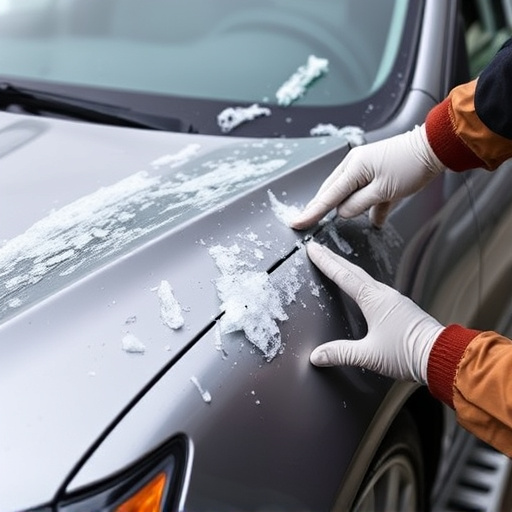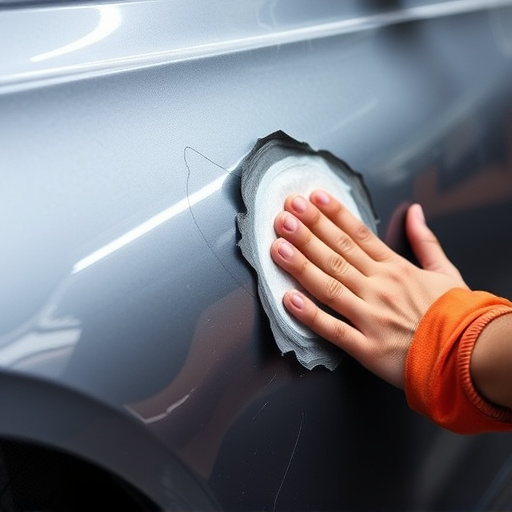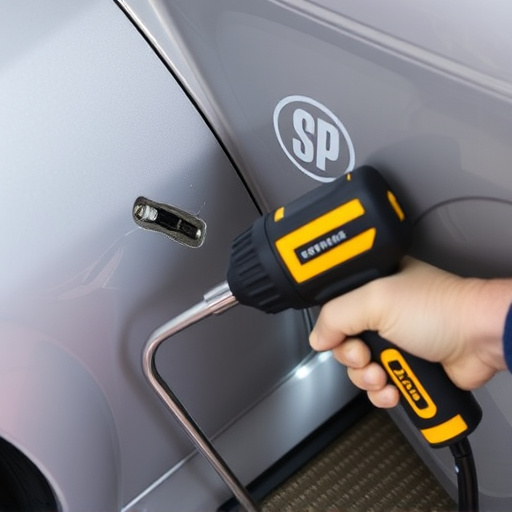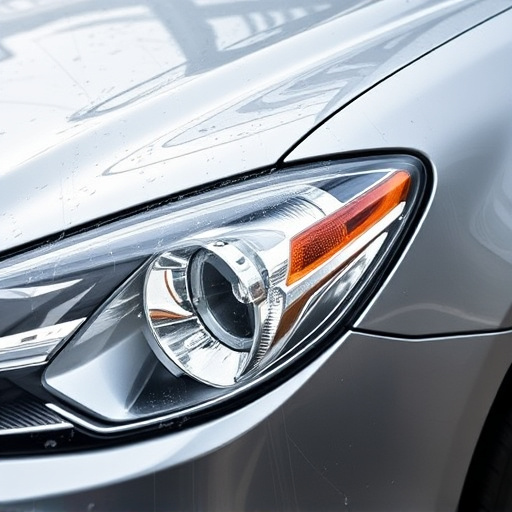Color sanding and buffing are essential automotive care techniques for achieving perfect paint finishes. Using various grits of sandpaper, technicians refine surfaces, removing scratches, followed by buffing for a glossy finish. The approach adapts to paint age and surface, from light sanding for new finishes to damp pads for classics. Precise techniques, including consistent pressure, dust removal, and low-speed buffing with microfiber cloths, ensure flawless, durable results in services like tire care and collision centers.
“Unleash your inner DIY expert with the art of color sanding and buffing—a transformative technique for any paint project. This comprehensive guide delves into the intricacies of achieving flawless finishes on diverse surfaces. From understanding the fundamentals to mastering techniques for various paint types, we’ll equip you with the knowledge to create smooth, vibrant results. Discover the secrets behind effective buffing practices, ensuring your projects stand out with professional-level craftsmanship.”
- Understanding Color Sanding and Buffing Basics
- Techniques for Sanding Various Paint Surfaces
- Achieving Smooth Finishes: Buffing Best Practices
Understanding Color Sanding and Buffing Basics

Color sanding and buffing are essential techniques in the automotive industry for achieving a flawless finish on various paint types. Understanding the basics involves grasping how these processes interact with different surface materials. Color sanding refers to using abrasive papers of varying grit sizes to smoothen and shape the paint, removing imperfections like scratches or bumps. Buffing, on the other hand, is the final step that polishes the surface, making it glossy and seamless.
This process is crucial for maintaining and enhancing the aesthetics of vehicles, from tire services and auto glass repair to frame straightening. The right combination of sanding and buffing ensures that the paint not only looks good but also retains its durability. By controlling the aggressiveness of the sandpaper and the speed of the buffer, technicians can achieve different finishes—from a subtle shine to a high-gloss, mirror-like surface.
Techniques for Sanding Various Paint Surfaces

When it comes to color sanding and buffing different paint types, the techniques can vary significantly based on the surface. For smoother, newer finishes, a light sandpaper with a fine grit (around 220-320) is ideal for removing minor imperfections without compromising the overall look. Start with a gentle touch, moving the paper in small, circular motions to avoid damaging the paint.
For older or more delicate paint jobs, such as those found on classic cars like Mercedes Benz repair projects, a more careful approach is necessary. Consider using a damp sanding pad to minimize dust and prevent further damage. After sanding, switch to a fine-grit buffing wheel or cloth to achieve a smooth, glossy finish. Automotive repair services often rely on these techniques to restore vehicles to their original condition, ensuring a professional and lasting result.
Achieving Smooth Finishes: Buffing Best Practices

Achieving smooth finishes with color sanding and buffing requires a delicate balance. It’s essential to start with fine-grit sandpaper to remove paint imperfections, working methodically across surfaces until a uniform base is achieved. The key lies in applying consistent pressure, ensuring even coverage, and removing dust regularly to maintain clarity.
Best practices for buffing involve using a microfiber cloth or buffer tool with low speed settings. Begin by gently dabbing the surface, then transitioning to light, circular motions. This process smoothes out any remaining sandpaper marks and blends the color, resulting in a flawless finish that’s free from visible imperfections—a must-have outcome, especially when it comes to demanding restoration work like dent repair at an auto collision center or fender bender repairs.
Color sanding and buffing are essential techniques for achieving refined, smooth finishes on various paint types. By understanding the basics and employing the right methods for different surfaces, you can master these processes and elevate your painting projects to new levels of sophistication. Through careful application of these techniques, you’ll unlock a world of aesthetic possibilities, ensuring your creations stand out with rich textures and flawless finishes.













